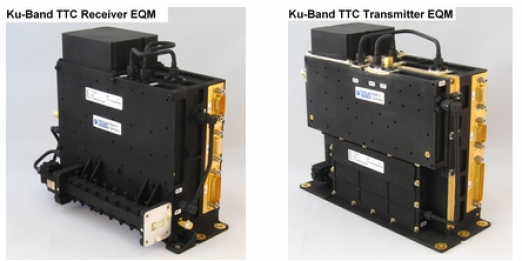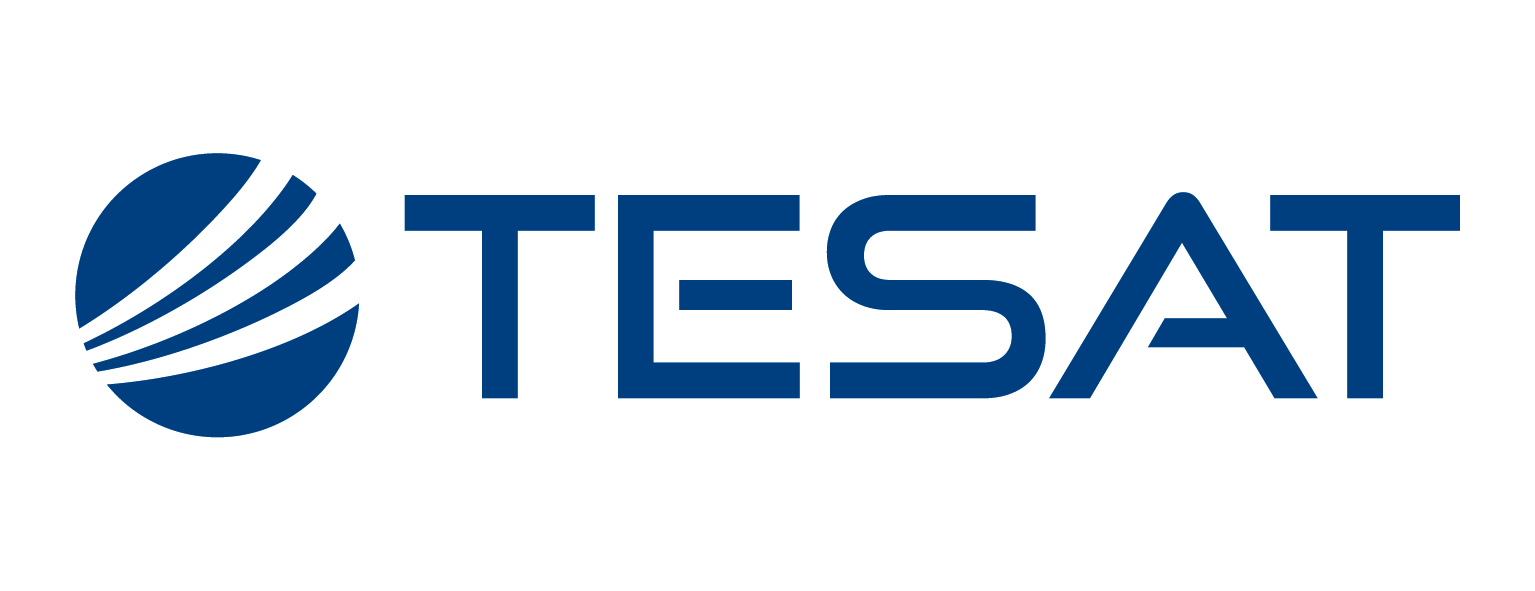-
StatusCompleted
-
Status date2016-11-02
For future flight applications it is essential to demonstrate the maturity of a design by building up an Engineering Qualification Model (EQM) and to perform a complete qualification test campaign, this is also true for the Ku-Band TT&C Transponder and can be considered as the main objective of this project.
Nevertheless, during the activity, special attention has also been paid on the conscious redesign of the predecessor Ku-band TTC demonstrator, developed in frame of a former DLR funded project. In particular the redesign activities have addressed the following topics:
- Expanding the frequency agility range of the receiver unit from 200MHz to 750MHz
- Replacement of the commercial FPGA’s used in the demonstrator by a space qualified type
- Introducing a CAN serial bus as major housekeeping TM/TC interface
- General design improvements in means of manufacturability

The most demanding task on the transponder redesign was to adapt the receiver for a frequency agility bandwidth of 750MHz. Though the DLR demonstrator model of the receiver already provided a frequency agility range of 200MHz with a theoretical resolution of 400Hz, it was challenging to expand this range to 750MHz without losing performance in terms of interferer robustness. A careful design of the frequency plan, filter design and level plan was mandatory to achieve this.
A further key issue was the EQM test campaign, which included the following tests:
- Physical measurements
- Sine and random vibration
- Shock test
- Corona and arcing test
- Thermal vacuum test
- Electromagnetic compatibility (EMC) test
The following main benefits have been achieved at the end of the project:
- The capability of frequency agility in both TTC receiver and transmitter units. This gives the customer the flexibility for changing TTC carrier frequencies in-orbit over a wide range.
- A fully digital implementation of demodulation (RX) and modulation (TX) of the TTC channel. This eases the adaption to different modulation schemes and data rates.
- A modular equipment architecture that will give the opportunity to cope with changing customer requirements without major redesigns, especially in terms of interfaces.
- A good manufacturability that will allow Tesat to shorten the modulator lead-time and offer the product at a competitive price.
For the Ku-TTC transponder a modular concept was chosen, which can be easily adapted to specific customer requirements or alternative frequency bands.

The TTC receiver assembly consists of four sections:
- The preselector provides suppression of far out-of-band interferers and image frequency. An integrated isolator provides isolation between input and LNA.
- The DoCon section integrates a LNA and first down-conversion.
- The IF section performs a second down-conversion, narrow-band filtering and variable gain amplification.
- The DEMOD section consists of three boards: The DEMOD board digitizes the IF signal and performs demodulation by means of digital signal processing. The interface board includes all interface circuitry for TC data, ranging signal output and housekeeping TM/TC. The DC/DC board provides mainbus interface and secondary voltage generation for all active circuits.

The TTC transmitter assembly concept looks similar, consisting of three sections:
- The Modulator section, which performs carrier generation and modulation with TM data and ranging signal. Both done in the digital region.
- The UpCon which provides up-conversion of the IF signal into the Ku-band.
- The SSPA, which amplifies the up-converted signal to the desired output level (2W).
The modular design allows simple adaption of the equipment to new requirements. For example, for different interface type requirements only the interface boards needs to be modified. Furthermore, most of the sections can be reused to build up a transponder for other frequency bands. For a Ka-band receiver, only the preselector and the DoCon section will have to be replaced.
The project Ku-Band TT&C Transponder can be divided into three main tasks. At first the Ku-band transponder demonstrator, previously developed within a DLR funded project, has been redesigned in order to adapt it to the new frequency agility requirements. After redesign completion an Engineering Qualification Model (EQM) has been manufactured, applying flight proven processes, materials and standards. Finally, a qualification test program has been performed in order to prove the equipment’s flight capability.
Completed.



